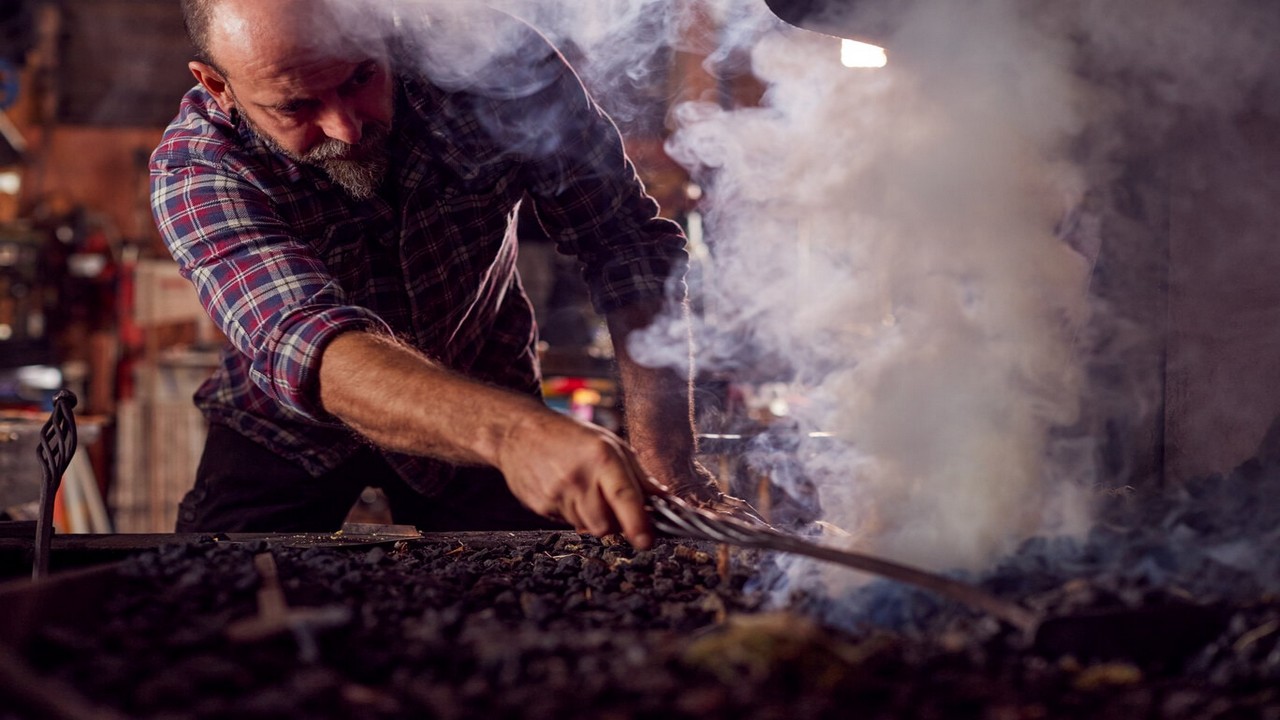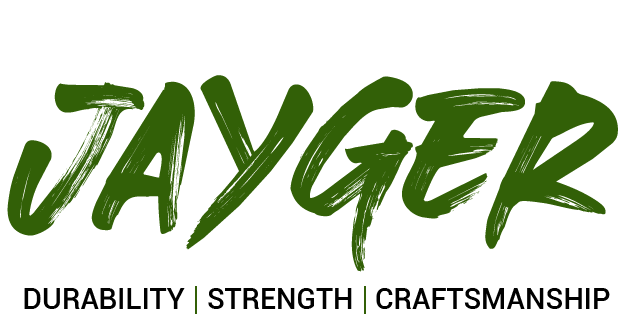Blog
Forged to Perfection: Inside the Workshop of a UK Blade Master

If you’re a knife enthusiast, you’ll want to check out the workshop of a UK blade master. This expert craftsman knows how to create the perfect Damascus blade, from hidden knives to Bowie knives UK. Learn about the art of knife making and the different types available, including hunters knives’ and Bowie knives. Plus, discover the importance of using high-quality knife maker’s steel for a durable and long-lasting blade.
A Look at the Tools and Techniques Used in UK Knives Making
Crafting the perfect knife requires skill, precision, and the right tools. In the workshop of a UK blade master, you’ll find various tools and techniques used to create high-quality UK knives. From hammering and shaping the blade to using specialized grinding and polishing machines, every step in the process is carefully executed to ensure a flawless final product. Also, high-quality knife maker’s steel is essential for creating a durable, long-lasting blade.
The Importance of Quality Materials in UK Knives
When crafting the perfect knife, the quality of the materials used is just as important as the skill of the blade master. In the UK, knife makers often use high-quality steel, such as Damascus steel, to create beautiful but also durable and long-lasting blades. The handle materials, such as exotic wood or bone, can add aesthetic appeal and functionality to the knife. By using only the best materials, UK blade masters can create knives that are works of art and highly functional tools.
The Role of Creativity and Skill in UK Knives Making
Crafting the perfect knife requires a combination of creativity and skill. UK blade masters are known for their ability to create unique and beautiful designs while also ensuring that the knife is functional and durable. From selecting suitable materials to using traditional techniques, every step of the process requires high skill and attention to detail. Whether it’s a perfect hunters knife, hidden knife or a Bowie knife, the result is a work of art that is both beautiful and functional.
How UK Knife Makers Balance Tradition and Innovation
UK blade masters deeply respect tradition and the history of knife making, but they also embrace innovation and new techniques. They understand that to stay relevant and competitive in the industry, and they must constantly evolve and adapt. This balance between tradition and innovation sets UK knife makers apart and allows them to create timeless and modern knives. From using traditional materials like Damascus steel to incorporating new technologies like laser cutting, UK blade masters are constantly pushing the boundaries of what is possible in knife making.
The Future of UK Knives Making: Challenges and Opportunities
While UK blade masters have a rich history and tradition of knife making, they also face challenges in the modern world. One of the biggest challenges is competition from cheaper, mass-produced knives from other countries. However, there are also opportunities for UK knife makers to stand out by focusing on quality, craftsmanship, and innovation. By embracing new technologies and materials while still honoring tradition, UK blade masters can continue to create beautiful and functional knives for generations to come.
Meet the Blade Master: An Introduction to the Craft
The art of knife making is a centuries-old tradition that requires skill, patience, and attention to detail. Meet the UK blade master, an artisan dedicated to perfecting the art of knife making. From selecting suitable materials to honing the blade to a razor-sharp edge, this expert shares his passion for the craft and the secrets to creating the perfect knife. Whether you’re a collector or a chef, you’ll appreciate the beauty and functionality of these handcrafted blades.
The Art of Forging: From Raw Materials to Finished Product
Creating a knife from raw materials into a finished product is a proper art form. The UK blade master begins by selecting suitable materials, including high-quality steel and exotic wood for the handle. He then uses traditional forging techniques to shape the blade and create the perfect balance and weight. The blade is then heat-treated and tempered to ensure it is solid and durable. Finally, the handle is crafted and fitted to the blade, creating a beautiful and functional work of art.
The Perfect Blade: Understanding the Anatomy of a Knife
To truly appreciate the art of crafting the perfect knife, it’s essential to understand the anatomy of a knife. The blade is the most crucial part of the knife, and it can be made from various materials, including stainless steel, carbon steel, and Damascus steel. The handle is also an important component, and it can be made from multiple materials, including wood, bone, and synthetic materials.
The tang, or the part of the blade that extends into the handle, is also an important consideration, as it affects the balance and weight of the knife. By understanding the anatomy of a knife, you can better appreciate the skill and craftsmanship that goes into creating the perfect blade.
